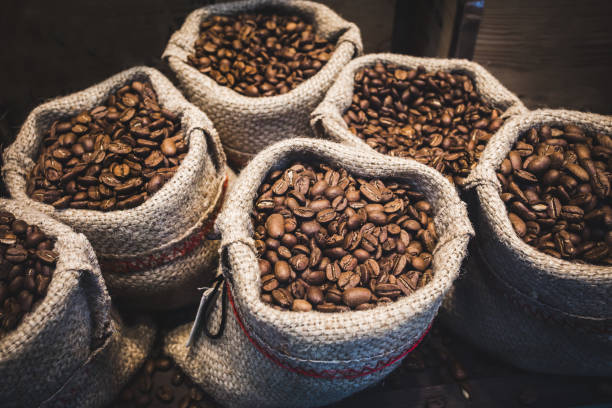You might think of fermentation as something that belongs to wine, beer, or kimchi, but it plays a powerful role in the world of espresso, too. The Colombian coffee fermentation isn’t just a step in coffee processing; it’s an art form. From classic washed methods to wild anaerobic tanks, how Colombian farmers ferment their beans directly affects what ends up in your espresso shot.

In this post, we will learn how it transforms ordinary beans into flavor-packed, award-winning brews. This traditional method, rooted in Colombia’s high-altitude farms, is the secret behind the fruity, floral, and clean cup profiles that coffee lovers rave about.
What Is Fermentation in Coffee?

The Basic Definition
Fermentation in coffee happens after harvesting and before drying. It’s the process of using microbes (like yeasts and bacteria) to break down the sticky fruit layer—called mucilage—surrounding the coffee bean.
Why It’s Done
• Removes the mucilage layer
• Starts flavor development through microbial activity
• Helps create clean, stable, and complex profiles
Think of it as a natural flavor infusion happening before roasting.
Traditional Fermentation in Colombia
Washed Process Fermentation
Colombia is known for its washed (wet) processing, where beans are depulped and then fermented in water tanks for 12–36 hours, depending on altitude and temperature.
• Goal: Clean, bright flavor
• Effect on espresso:
• Crisp acidity
• Floral and citrusy aromatics
• Clear flavor definition
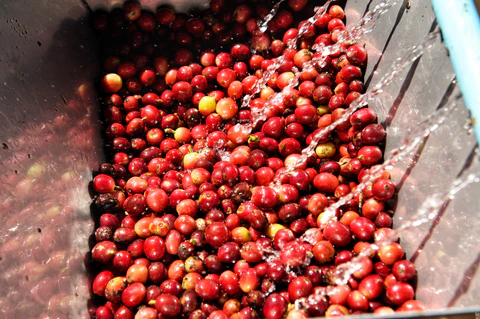
Variations Based on Region
Fermentation times and techniques vary by region and microclimate:
• Cooler zones (like Nariño): Longer fermentation due to slower microbial activity
• Warmer areas (like Tolima or Antioquia): Faster fermentation, more risk of overprocessing, but also more pronounced sweetness
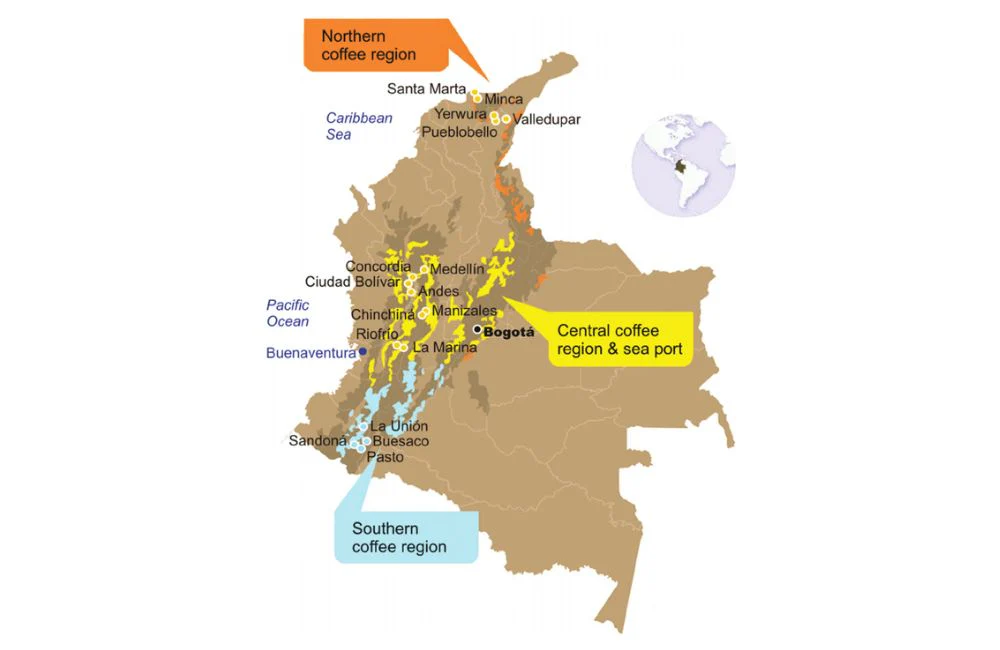
Experimental Fermentation Process in Colombian Coffee
Anaerobic Fermentation
Beans are placed in sealed tanks with little to no oxygen for 24–120+ hours. This environment favors slower, more controlled microbial activity.
• Espresso impact:
• Intense fruitiness (think strawberry, blueberry, red wine)
• Syrupy body
• Tangy or boozy notes, depending on duration
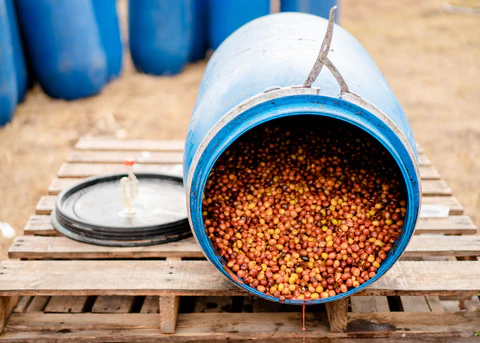
Carbonic Maceration
Borrowed from winemaking, this involves sealing whole cherries in tanks filled with CO₂.
• Espresso impact:
• Tropical flavors, bubblegum, pineapple, even cola
• Bright, juicy acidity
• Smooth and creamy mouthfeel

Extended Fermentation
Some Colombian producers are pushing fermentation to 72+ hours with multiple rinses or staggered aerobic/anaerobic phases.
• Espresso impact:
• Deeper sweetness
• Unusual spice or floral notes
• Wild, adventurous profiles for single-origin shots
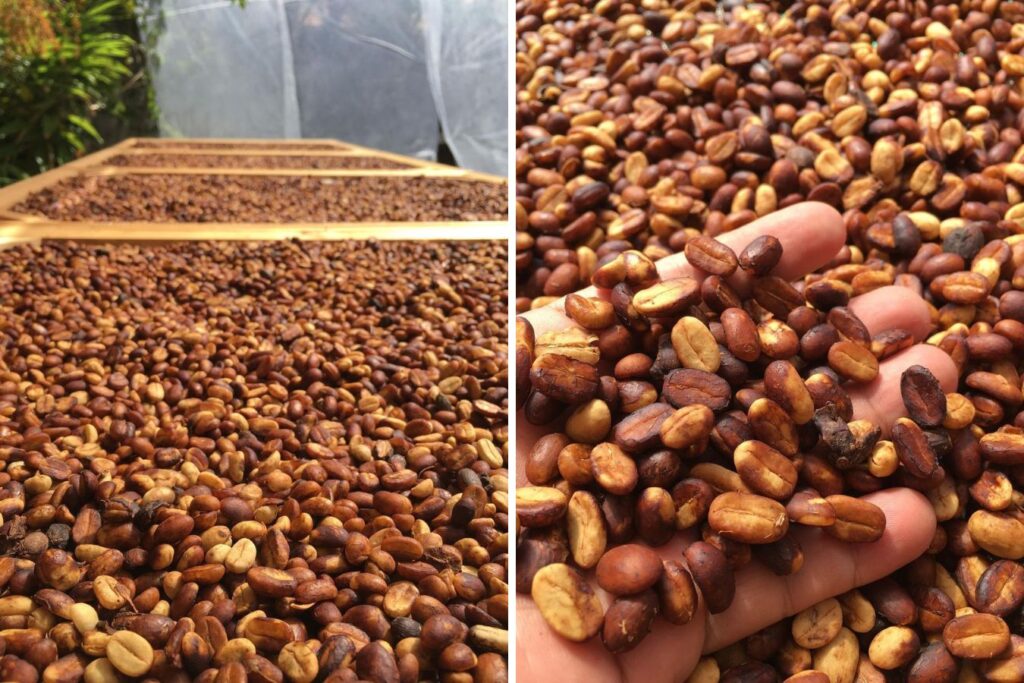
Flavor Impacts of Fermentation on Espresso
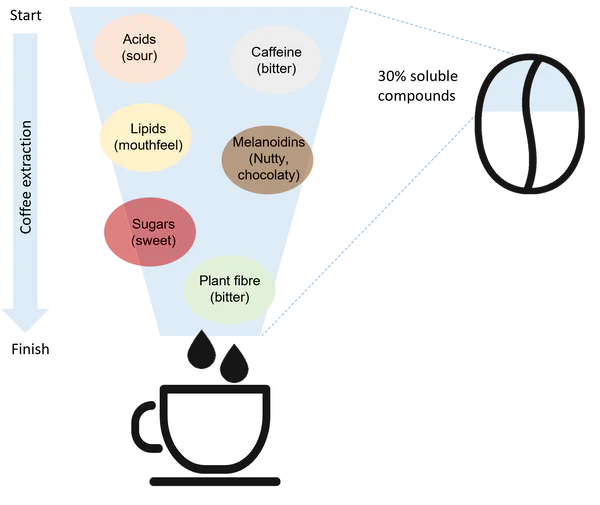
Acidity
Fermentation helps develop and stabilize acidity:
• Washed espresso = crisp citrus (lime, orange, red apple)
• Anaerobic espresso = tangy fruit (tamarind, berry compote)
• Natural espresso = fermented fruit or winey acidity
Sweetness
Longer or anaerobic fermentation enhances sugar retention:
• Toffee, panela, or honey sweetness
• More rounded and syrupy mouthfeel
• Less need for sugar or milk
Body and Texture
Fermentation builds out the tactile side of espresso:
• Clean washed = light to medium body
• Anaerobic = heavier, syrupy body
• Natural = creamy or even chewy in texture
Fermentation Risks and Control
When It Goes Too Far
If not monitored, fermentation can go wrong:
• Over-fermentation = sour, vegetal, or off-putting flavors
• Inconsistent batches = variation in sweetness or crema quality
• Contamination = mold or fermentation defects
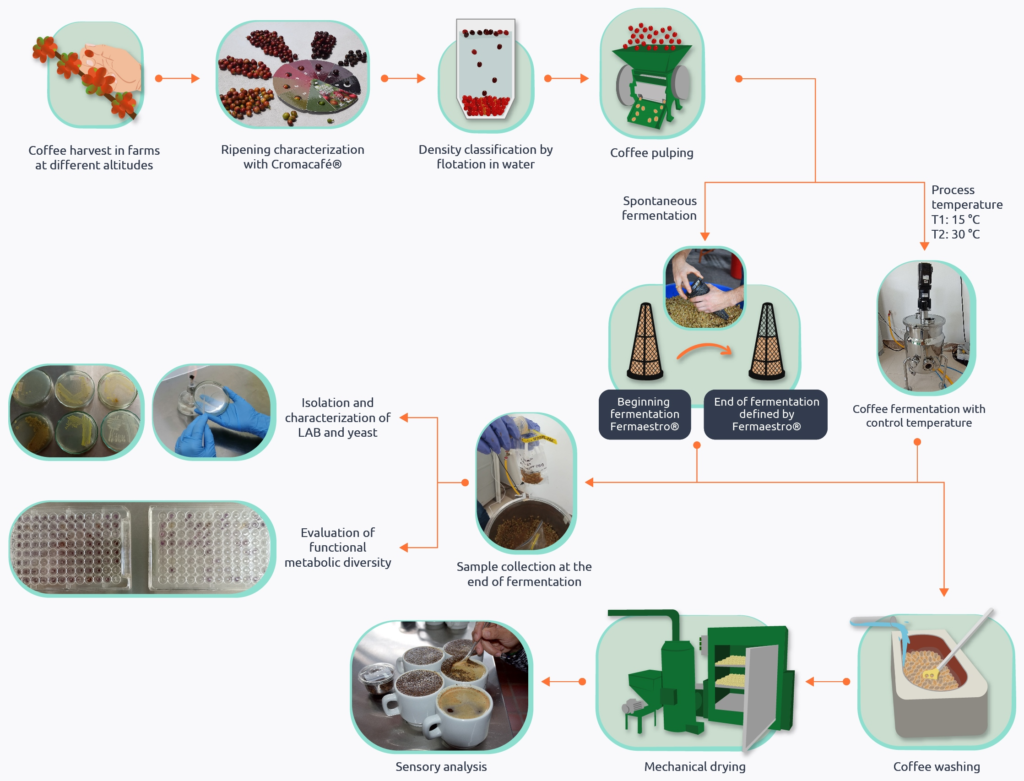
That’s why Colombia’s emphasis on small-lot fermentation and farmer training is so critical to specialty espresso production.
Tools Used for Control
• PH and temperature monitoring
• Brix readings to check sugar concentration
• Washed vs. natural selection based on weather and altitude
Roasting Considerations for Fermented Coffees
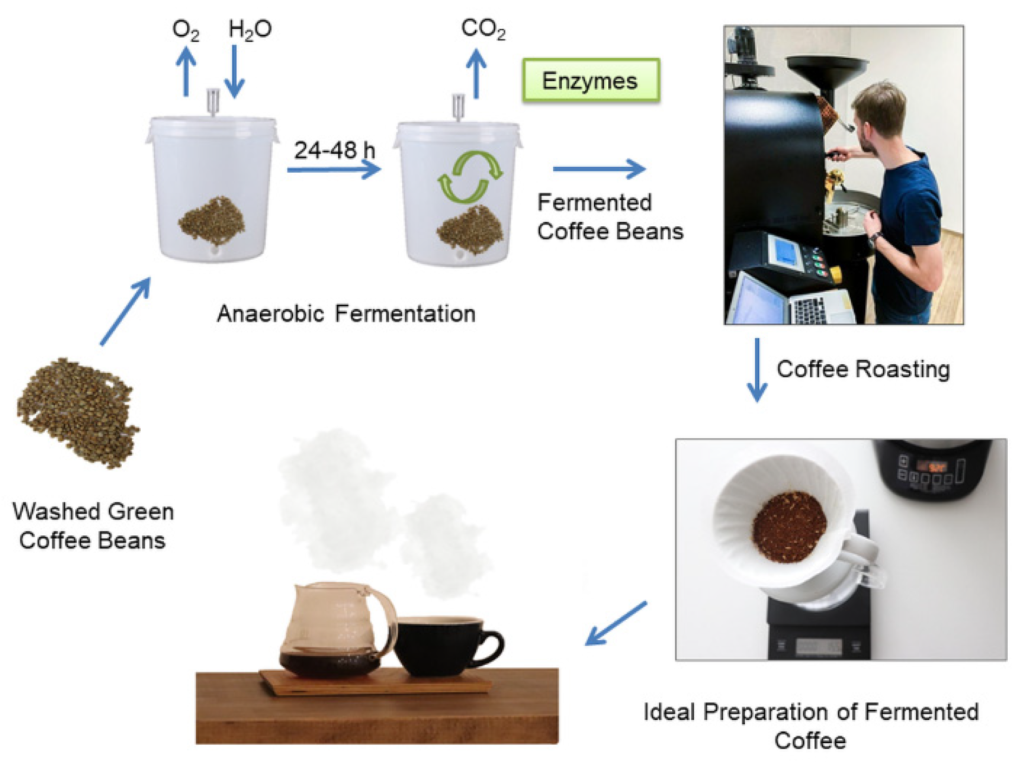
Let the Process Speak
Roasters working with fermented Colombian beans often:
• Roast slightly lighter to preserve acidity and clarity
• Focus on even development to prevent flavor muddiness
• Highlight fermentation traits in espresso-specific profiles
Think “tropical, sweet, and clean”—not “roasty and burnt.”
Final Thoughts
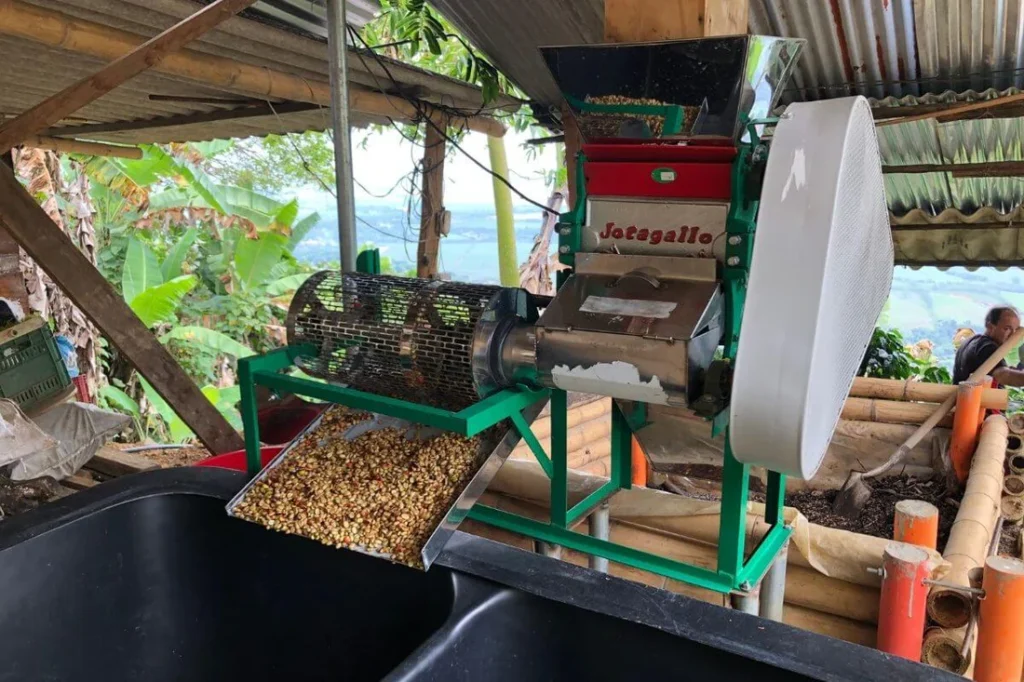
Fermentation is where science, craft, and nature collide—and Colombia has mastered it. From the humble water tank to high-tech anaerobic fermenters, each approach adds another layer of depth to the espresso experience. The next time you sip a Colombian espresso with notes of mango, molasses, or red wine—you’re not imagining it. That’s fermentation at work.
Written by Jose Luis Surjan
Taste chaser. Process nerd. Founder of Espresso and Machines.
Disclosure: Our blog contains affiliate links to products. We may receive a commission for purchases made through these links. However, this does not impact our reviews and comparisons. We try our best to keep things fair and balanced, in order to help you make the best choice for you.


